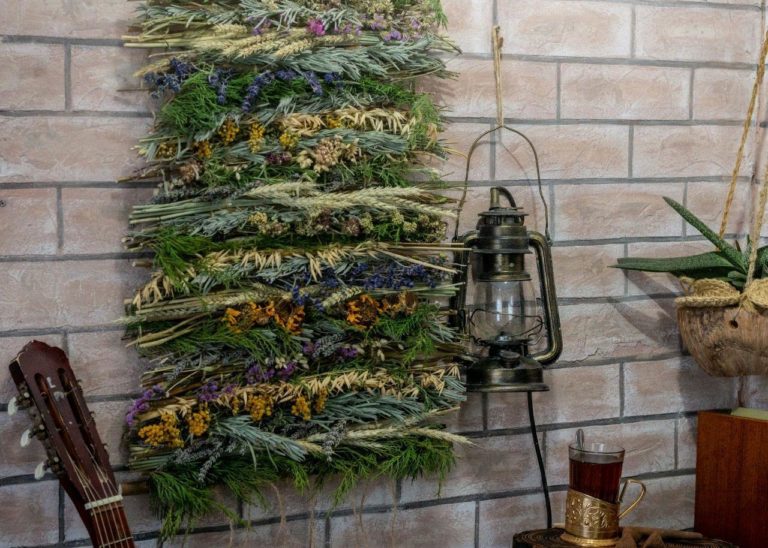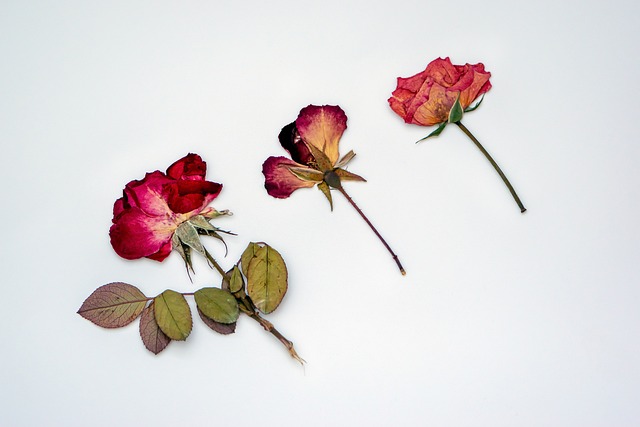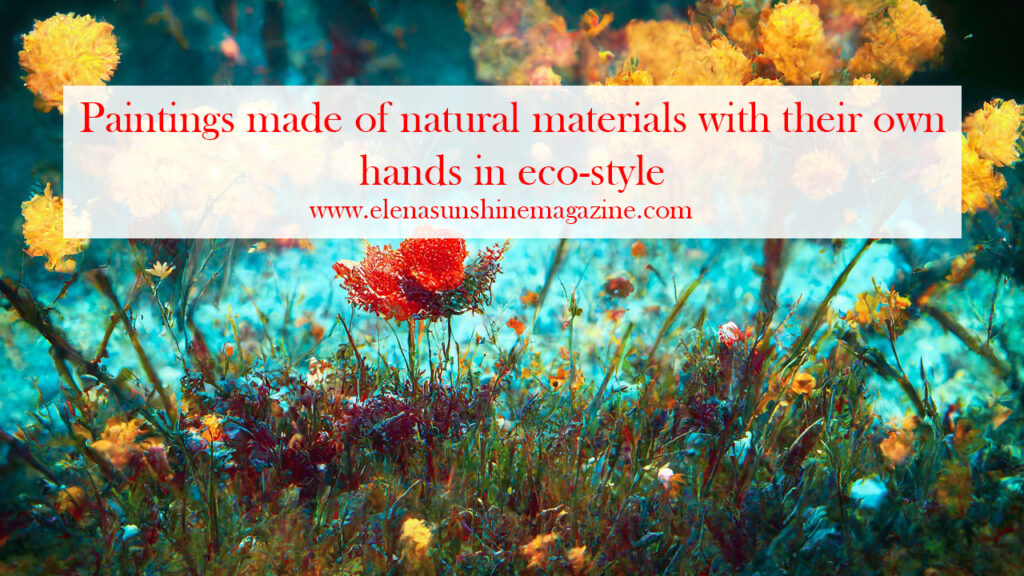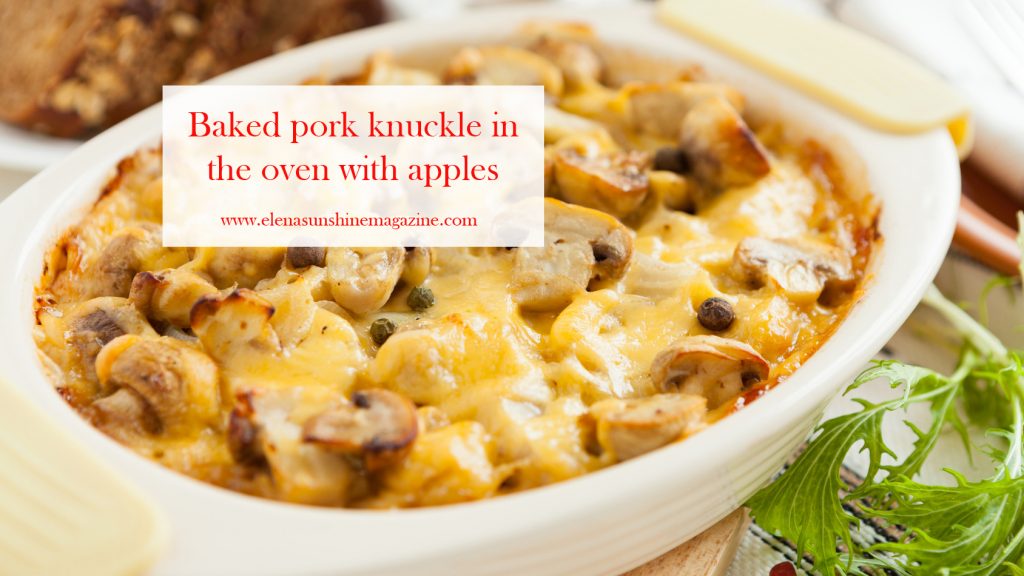Eco-design is embodied in natural materials and natural colors. Paintings made of natural materials with their own hands in eco-style.
Paintings made of natural materials are an original decoration for the home and interior, in which various decorative elements are combined with plants. It is not difficult to make such beauty at all, while the finished still life will definitely become the center of attraction of views.
Phyto-painting is the name of paintings created mainly from dried flowers, and dried plants. Floral illustrations are unique, in the decor created with their own hands, there is both aesthetics and naturalness and an amazing combination of eco-styles.

Features
Paintings of dried flowers are illustrations of flowers, leaves, down, twigs, and so on. The works turn out to be so thin, and the images are integral, that it is more logical to call them paintings. It is supposed to glue floral elements on a base made of paper, cardboard, or wood. And work on the painting begins with the collection of pictorial material, which then has to be dried.
Images are made from plants and their details using the collage method: landscapes, portraits, still lifes, plot paintings, abstract patterns, and patterns.
First, you need to collect the material. It can be whole plants, their leaves, flowers, seeds and seeds, stems, ears, poplar fluff, birch bark, and bark of other trees — there are many options.
Pros recommend collecting the material in dry weather. Then the material must be dried by placing it in a special herbarium grid or between sheets of paper under a press.
Then it’s up to the idea and sketch of the future image — it can be applied with a pencil on paper or fabric.

Finally, using tweezers and glue, the picture is “drawn” by dried plants and their details. Leaves turn into silhouettes of mountains and tree crowns, down becomes clouds and snow, stems allow you to “draw” straight lines, and seeds and flower petals create textured surfaces.
The division of paintings from dried flowers according to the principle of volume
Three-dimensional paintings Paintings made of natural materials with their own hands in eco-style.
So, the picture can be three-dimensional (such do not fit under glass).
Dried buds and even whole bouquets of plants will be useful for such work – it is important that they retain their natural shape. Or were close to it. Flowers and leaves are fixed on cardboard and burlap. Three-dimensional compositions are always made by hand, and each time it is a completely unique picture.
Such a floral panel can be placed in the living room, in the bedroom, in the kitchen, or in the nursery. The painting does not contain any toxic elements.
From pressed plants
Flat applications are both simpler and more often made. Seeds, leaves, naturally curved shoots, and so on are also used here. And the composition is often laid out simply on white paper or on dense watercolor. Craft paper is also suitable. You can also give the background color in advance – paint over the sheet or cover the cardboard base with a cloth, for example.
Usually, paintings of dried flowers are hung on the wall, where they will be positioned vertically, and securely attached to the base. If this is a large painting, you can choose dense cardboard as a basis for it. It adheres well to any adhesives, it is perfectly painted.
If it is decided to cover the picture with glass, a frame is needed – plastic or wooden. And once again about the background: in addition to cardboard, it can be designer paper, fabric, mesh, leather, or a fragment of wallpaper. And even on dried leaves or on birch bark, you can create a picture of dried flowers.

How to make it with your own hands? Paintings made of natural materials with their own hands in eco-style.
So, the work begins (provided that the idea is there and the plants are ready for pasting) with the choice of basis. If this is something very easy or the first work in this technique, a simple dense white sheet is enough. Well, for a complex picture, you can swing at a plastic or wooden base with fabric or burlap as a background for a tight fit.
What else will you need to make a panel:
a simple pencil, or paper – even for simple work it is better to make a sketch;
scissors or a well-sharpened stationery knife;
tweezers – they are very convenient to use, laying out floral material;
transparent glue – such that it leaves no traces after drying;
brushes – for glue and/or paints.
And, of course, the plants themselves that you need to work with. These can be wildflowers, gardens, dried roses and twigs, blades of grass, and leaves.
Master class “Autumn bouquet”
Cover the dense cardboard with a yellow knitted fabric. If you don’t want fabric, you can print out old letters (retro, vintage), and then soak them in coffee and dry the sheet. And such a retro background will become the basis of the work, they are pasted over cardboard.
If the copies are very voluminous, they will not fit under the glass.
From the selected plants it is necessary to collect a bouquet and tie it with a floral ribbon. Two neat holes should be made in the cardboard base, a piece of wire should be threaded through them, and the collected bouquet should be tied to the base with a wire.
Cut a basket or vase out of cardboard. You can simulate a woven, knitted vase made of yarn. Stick it to the base.
Paintings of dried flowers – how they are made. Paintings made of natural materials with their own hands in eco-style.
The works look great without a background: just plants are laid out very carefully and are pressed between two glasses. That’s how you can lay out an animalistic picture with petals.
It is very important to choose a transparent glue for her, otherwise, the adhesive traces will devalue all efforts. Volumetric works with lavender flowers in a frame are always very beautiful and self–sufficient.

Classic floral composition. Interestingly, such paintings look exactly in the series. Incredibly simple work, the main solution of which is considered an unusual background.
The uniqueness of such compositions is that they are rather evaluated as a performance – all the magic is in the creation.
The work is in the same series of impromptu calculations – a touching landscape is obtained from the simplest elements.
Also, such beautiful letters are made from plant components that can appear in the house after the wedding or after the birth of a child – each letter is not accidental. Fine work, simple, but requiring accuracy and slowness.
Over time, the petals will fade, there is nothing you can do about it because initially, you should take the brightest specimens for work.
The picture can be supplemented with paints, make drawings.
There doesn’t always have to be a plot in the work, it can be just impressions and fantasy. Floristry is multifaceted, you should try its different variations.
Rules for the care of panels
The finished painting itself does not need special care. If you put it directly under the sun’s rays, the plants will fade faster under the glass. This should be taken into account when choosing a place where the painting will hang/stand. Wipe the panels from dust, and if you want some changes, you can change the frame.
It is more important to properly store the material for future work. Perhaps something will go to the paintings, but it is possible that plants will become part of other products. For example, jewelry under epoxy resin.

Everyone can join the wonders of floristry, regardless of age and level of training. It’s fascinating, and the result can be a pleasant addition to the interior of the house.



